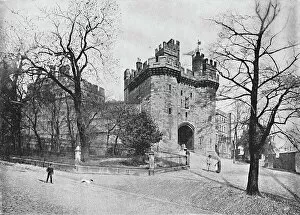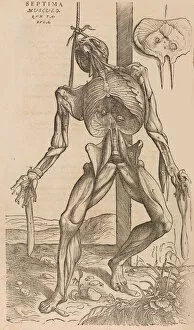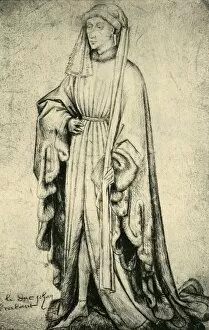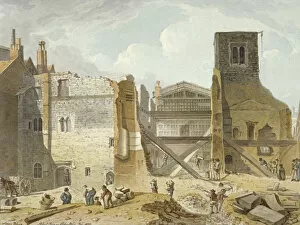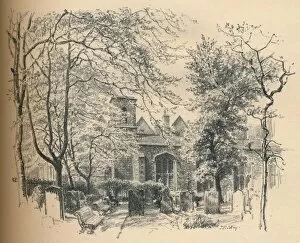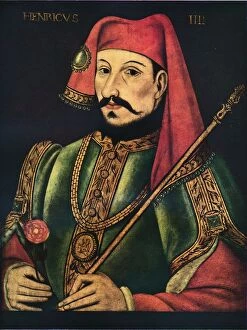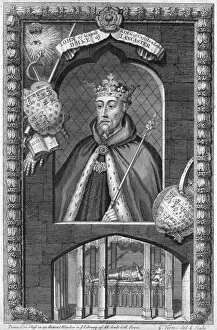John Of Collection
"John of Gaunt: A Towering Figure in History" Step back in time to the era Gaunt, a prominent figure whose legacy still echoes through the centuries
For sale as Licensed Images
Choose your image, Select your licence and Download the media
"John of Gaunt: A Towering Figure in History" Step back in time to the era Gaunt, a prominent figure whose legacy still echoes through the centuries. Lancaster Castle's imposing tower, captured beautifully by artist J Davis in 1896, stands as a testament to his power and influence. But John of Gaunt was not just a man of military might. His thirst for knowledge led him to support groundbreaking works like "De humani corporis fabrica, " published in 1555, which revolutionized our understanding of the human body. The Ancient Palace of the Savoy, depicted by Gray in 1844, was another stronghold associated with this enigmatic figure. It served as both his residence and symbolized his wealth and prestige. Portraits such as Henry IV (1830) and Richard II (1830), though their creators remain unknown, capture glimpses into John's family life and political ambitions. These images offer us insight into the complexities that shaped his character. Beyond England's borders, we find evidence of John's far-reaching influence. The portrait depicting John IV, Duke of Brabant (1460-1470), showcases how he extended his sphere across Europe during this period. However grand these palaces may have been, they were not immune to change. Witnessed through an unknown creator's eyes in 1650 or Londoners' accounts from 1820 when demolition struck at Westminster's Savoy Palace – even mighty structures must yield to time. Yet amidst all these historical moments lies one enduring tribute: the Monument Gaunt and Constance Castile within old St Pauls Cathedral (1656). This memorializes their union while reminding us that love can transcend even tumultuous times. Finally, let us not forget some pivotal events where John played a significant role on foreign soil.

